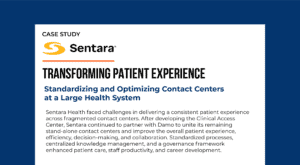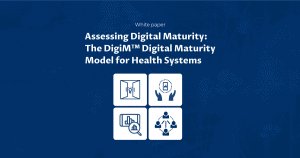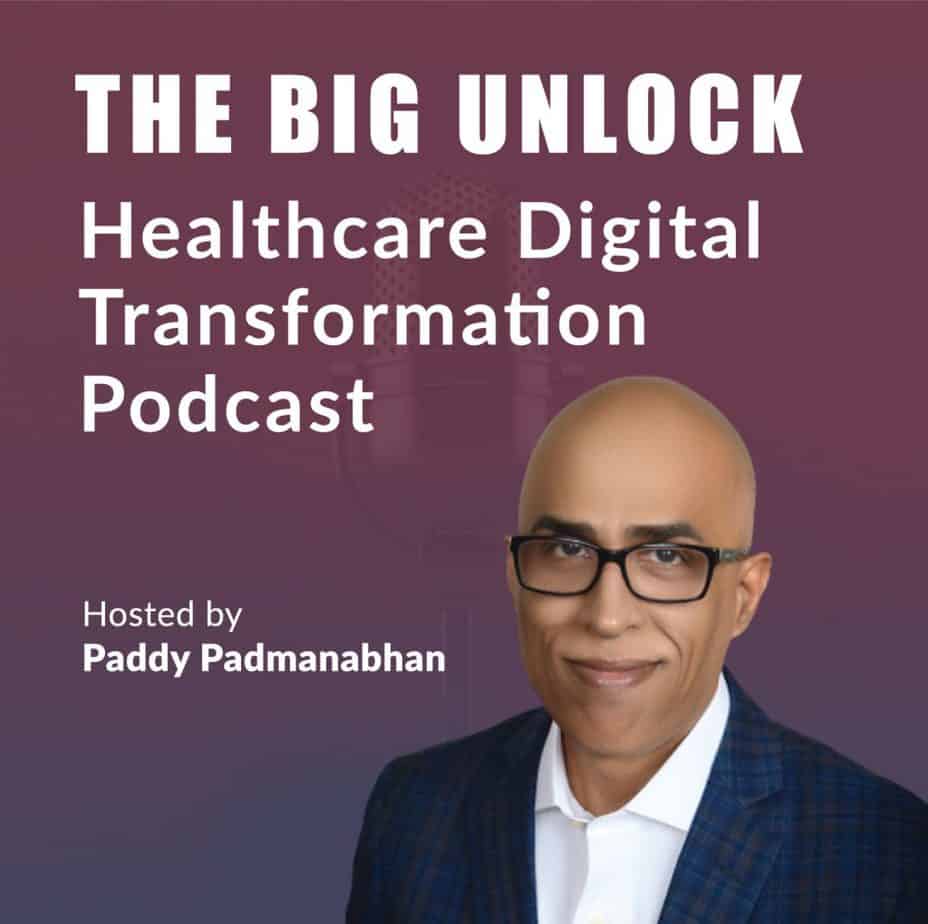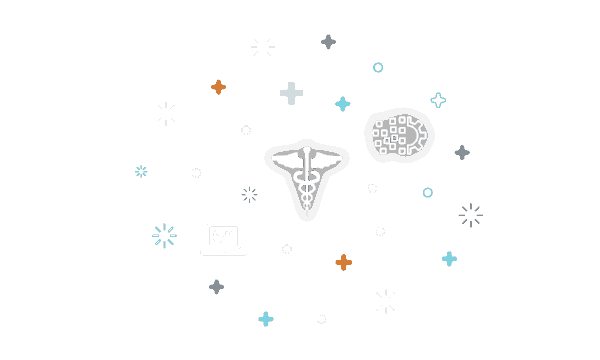Three Pillars of a Successful Digital Transformation Strategy

How you execute your healthcare digital transformation roadmap can define or deviate your digital transformation journey from its goals.
Every year, healthcare organizations get onboard digital transformation journeys to improve patient access, virtualize patient engagement and care delivery, and reduce operational costs for their organizations. They develop enterprise-level strategies and roadmaps to secure funding for multi-year transformation journeys.
For a successful digital transformation, focus on digital health projects. Create a strong governance plan. Choose the right technology, partners and investments.
This blog explores how some of the leading health systems are doing it.
Digital Health Initiatives: Prioritizing Based on User Groups and Their Needs
The University of Rochester Medical Center (URMC) serves a very diverse patient population, spread over Central New York to the Ohio border and down to the Pennsylvania border. The patient population comprises city dwellers, rural areas, Medicaid, underserved, and vulnerable patients.
At the beginning of their digital transformation journey, URMC was focused on improving patient access and creating a digital front door for their primary care. They wanted to set up their patient portal using Epic MyChart. At that time, their patient penetration for Epic’s MyChart app was only 30%.
To increase the usage of MyChart, the primary care providers had to champion the MyChart app to their patients, but they were not interested. The care providers were already burnt out with documenting on Epic EHR. The task was uphill, but Michael Hasselberg and his team prioritized making system-level changes. They reduced for clinicians by 15% by clicking a button in the system. They now had the confidence of the primary care providers. This increased patient penetration on MyChart to 90% and improved their engagement with care providers.
They designed a solution that engaged them via text-based and mobile applications. They also worked toward identifying partners within the patient communities who could facilitate video-based care.
For its researchers, Mass General Brigham worked to enhance access to the wealth of clinical data, through modern cloud technologies, and platforms for research projects. For its care teams, they improved the communication hub experience, which primarily includes improving the patient portal with particular emphasis on results, review, and response by the clinical care teams. They also prioritized improving the front desk workflows. For URMC, it is about making patient access and interaction easier and more digital for patients.
At Magnolia Regional Health, there were three top digital health priorities for 2022. One was talent recruitment and retention due to unprecedented workforce attrition in the industry. This required the organization to focus on building digital solutions around improving workforce support through productivity, automation, and collaboration, and decreasing burnout through meaningful employee engagement. The second was to upgrade and enhance its digital infrastructure to make the organization more nimble and better prepared to react to changes in the market. Third, was to proactively build security measures to protect its systems from cybersecurity threats.
Digital Governance: A Strategic Priority for a Successful Implementation
At Ochsner Health, digital transformation is part of every strategic priority within the health system. Driving digital programs is an executive team-level position and is part of every conversation. The role of the Chief Digital Officer, while it is not clear, presently is responsible for its:
- Digital medicine solutions, the digital tools around its RPM program
- Remote patient management (RPM) for chronic diseases
- Innovation Ochsner, the innovation team at Ochsner.
Sanford Health has a dedicated Chief Digital Officer to tap into the potential of digital in driving value for the organization and patients. The Chief Digital Officer works with the Chief Information Officer, complementing each other’s roles. At Sanford, digital is the front-end aspect of technology that users or human beings interact with, as part of a broader experience. That is the focus area for the Chief Digital Officer. There is a backend aspect of technology that includes the infrastructure, the architecture, the databases, the interfaces, and the networks. This is the focus of the Chief Information Officer.
At Sentara, governance is handled by a team of nine responsible senior leaders, called the G9, who are engaged and empowered in approving funds and prioritization. Under this G9 group is the Chief Digital Officer and his Chief Digital Steering or Execution Team comprising IT, the digital team, and every operational area available within the organization. This execution team is responsible for engaging anywhere and helping shape things that must be done in an area, whether strategic or operational reengineering.
Technology Choices and Investment Decisions
LCMC Health is a healthcare organization that has grown through mergers and acquisitions. LCMC hospitals are spread across New Orleans making it convenient for patients to hop into any one of them. For a seamless patient and caregiver experience across all hospitals, it was must for the healthcare organization to have an integrated digital footprint or electronic health record.
LCMC Health decided to standardize methodologies for their hospitals to establish synergies across their continuum of care. Tanya Townsend, CIO of LCMC Health, spent the first few years removing redundancies in the EHR. They created a centralized shared services model and selected Epic as their primary EHR. In 2017, they made a Big Bang with their Epic rollout – everything from ancillaries to inpatient to ambulatory to the revenue cycle. Through mid-2018, all those facilities were up and running on Epic. Since then, LCMC has rolled all its new acquisitions into the health system’s Epic platform. This move has made it easier for the organization to bring in new changes at various levels of systemness, patient access, clinician experience, nursing staff optimization, and more.
Northwell Health recognized the need to digitalize the consumer space. They launched digital patient experience and other digital initiatives in separate individual pockets. Today, they are on a mission to consolidate all these initiatives and move to the next level of maturity. Their focus is on identity and access management to form a real master consumer index or the Enterprise MPI, a key starting point for their data infrastructure to get an overall 360-degree view of a patient. The idea is to have a centralized way of codifying information about people so that it can traverse more than just what is in the EMR and across all sorts of engagement touchpoints.
Virtua Health has a digital transformation office (DTO) that is responsible for Virtua’s digital transformation and build-up on its existing digital infrastructure. They have a dedicated budget but do not buy technology to wire the existing system. They follow the formula – New Technology + Old Organization = Costly Old Organization. Their transformation exercise begins by asking the questions:
- What is the transformation that must occur?
- Where does digital come into it?
- Where is the operational change as a company?
They match the organization’s digital readiness with operational readiness. In terms of priorities in technology selection, the first step is always to check if any existing technology solution can help with the transformation or incremental needs today or in the next 18 months. The next step is to check the severity of the market need. The third step, and if no existing solution is available, is to look for suitable technology partners to develop a new solution based on the Virtua framework.
At Damo, our experienced technology and digital strategy experts work closely with clients to answer key questions related to digital transformation in healthcare:
- What are the enterprise goals for digital transformation?
- What are our digital health priority initiatives?
- What is our roadmap to get to the future state?
- How do we build a business case for a multi-year financial commitment to digital transformation?
- How do we set up a governance model for success with digital transformation?
We use an agile approach that leverages proprietary methodology and frameworks to accelerate the transformation process.
Contact us today for a quick chat about how we can help you with your digital transformation journey.

